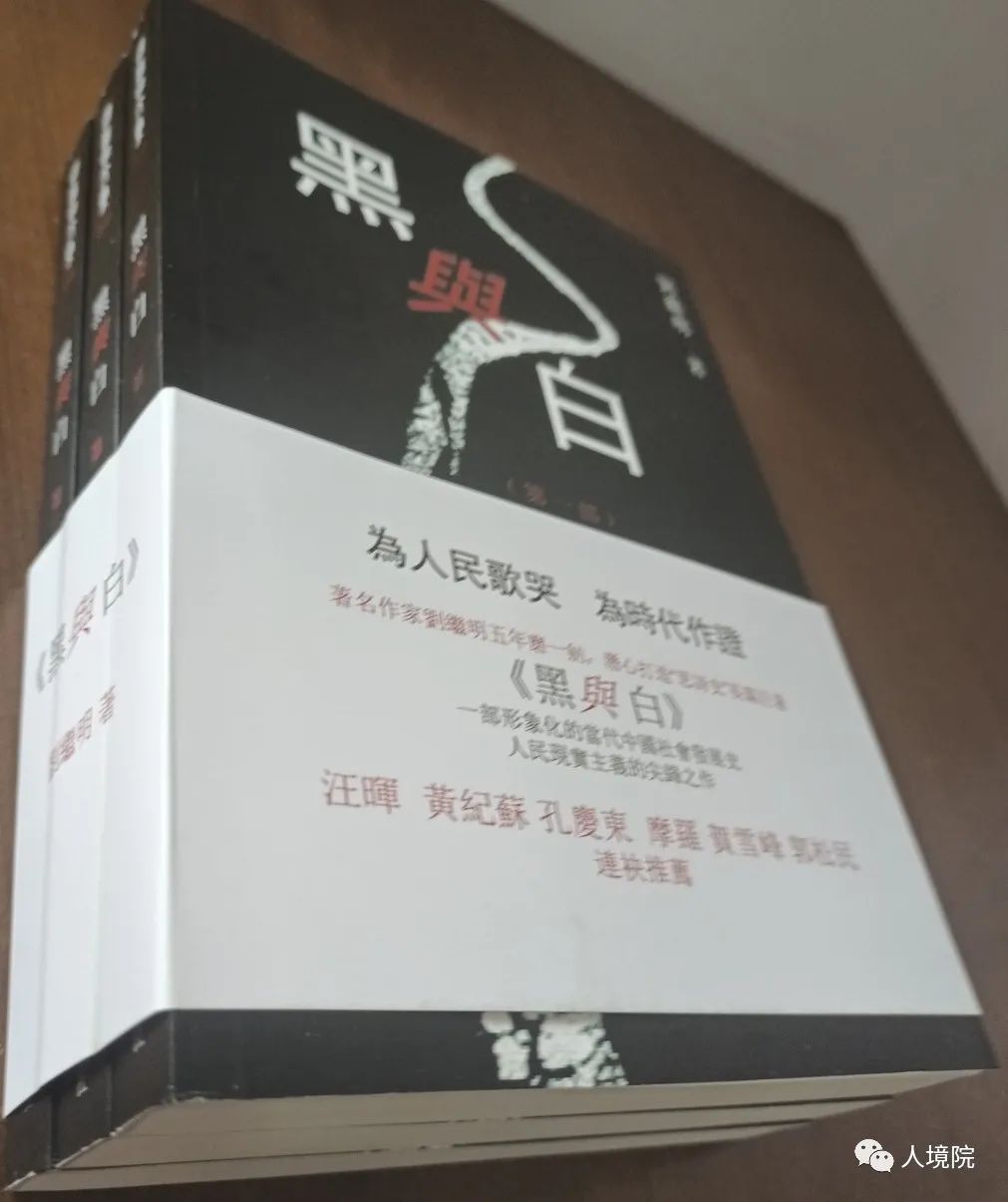直言了,2012-03-13 | 2012-03-14 22:05:20。
http://zhiyanle.blog.hexun.com/73735052_d.html 。
兩會上,有代表闡明了轉基因技術的危害風險、說明了它可用來做殺傷武器,由此而提出了中國需要建立“生物國防”體系的建議,其中包括對轉基因技術產品的嚴格檢驗、監控乃至限制或禁止等措施的建議。該建議妨礙了轉基因既得利益集團的商業利益,于是,他們雇用的槍手文人接連出來,說轉基因技術可制造殺傷武器的說法是“危言聳聽”云云。其實,在美國,用轉基因技術搞基因武器不但已經是現實了,而且已經開始公開征集相關國防用品設計了。故事很多,下面就說最近發生的一個故事。
今年年初開始,美國國防系統的“達爾帕”(DARPA)部門公開招標“蛋白折疊”軟件設計,項目名稱是“FOLD-IT”(直譯:折疊它)。所謂“蛋白折疊”,就是根據某基因結構而形成某蛋白的過程;該蛋白發揮功能可使某生命體幸存發育或殘疾死亡。要實現某種預期的蛋白折疊,就先要實現某種基因結構。到目前,基因結構設計包括DNA-水平和RNA-水平的兩種設計:前者是“中心法則”的設計,后者是推翻“中心法則”的設計(更厲害)。不言而喻,搞基因結構設計就是搞轉基因技術。
該部門公告說,有了“蛋白折疊”的最佳設計軟件,我們的戰斗員就可以更快地和更低成本地得到所需藥品了。該公告沒說戰斗員需要的“藥品”是做什么用的。其實,不必多說:戰場藥品的目標無非就是兩個:救護自己,消滅敵人。就是說,“蛋白折疊”技術即轉基因技術是完全可以用來制造進攻或防御的殺傷武器的技術。
該項目招標方式是“游戲”設計,即專業者和非專業者都可以輕松上手使用,且特別是方便非專業人員使用。科技產品以“游戲”方式出現,那做法很符合前世界著名貝爾實驗室頭頭的話:什么是好的軟件應用設計?我那七歲的兒子可立馬上手玩起來,那就是好設計。在美國社會,幾乎是眾所周知:美國軍隊的許多戰場科技用品的應用訓練,差不多都是從“游戲”開始甚至自始至終就是用“游戲”方式的,譬如連空軍飛行員的不少戰斗訓練就是如此。很清楚,那“蛋白折疊”設計用“游戲”方式,就是為成千上萬的非生物學專業的軍隊戰斗員能立馬上手和輕松使用而考慮的。
在美國生活久了,且稍微關注一下官方科研項目運作,就不難看到美國國防科技的做法:能公開召集某科技產品設計,說明美國國防系統在該領域已經有了充分的戰場認識,且有了足夠的進攻能力和防御能力,由此,即便現實或潛在的敵對勢力也搞出同樣科技(甚至偷走相關科技),美國也有辦法對付、能足夠有效地保護自己的國家和人民的安全。如此,美國國防系統公開招標征集“蛋白折疊”設計,那說明美國國防系統對“基因武器”甚至“基因戰爭”的大規模殺傷破壞力已經有了充分的戰場認識,且在相關領域有了足夠的進攻和防御的能力。就是說,所謂“基因武器”早已成為現實、早已不再是議論中的事了。
當然,應該知道,當前,美國正在落實白宮簽署的、要求全國各部門和地方各州限期落實生物國防之“布薩特”計劃的命令,而“蛋白折疊”招標僅是落實該命令的一小部分。
注:美國國防系統的“達爾帕”(DARPA)部門發表的自我簡介:The Defense Advanced Research Projects Agency (DARPA) was established in 1958 to prevent strategic surprise from negatively impacting U.S. national security and create strategic surprise for U.S. adversaries by maintaining the technological superiority of the U.S. military. 。(該部門可否直譯為“國防高級研究項目局”?)。
附圖:轉基因技術可以做的事情:
附:美國國防系統公開招標征集“蛋白折疊”設計的新聞公告之原文:
Protein Folding Game Functionally Remodels Enzyme。
DARPA, January 25, 2012。
URL:http://www.darpa.mil/NewsEvents/Releases/2012/01/25.aspx 。
Proteins are essential in almost all biological processes. The three-dimensional shape of the protein, which is essential to its function, is determined by protein folding. Foldit, which was initially funded by DARPA, is a game with an online community of 240,000 players that allows non-experts and experts alike to collaborate and solve protein folding puzzles. Solutions to these puzzles are sent to biochemistry researchers to analyze for advances in protein design prediction.
Recent advances from Foldit include identifying the structure of a retroviral protease that causes AIDS in rhesus monkeys and protein inhibitors that block H1N1, a virus responsible for the 1918 pandemic and the 2009 flu pandemic. Through Foldit, the crowd has produced solutions that have evaded scientists for years.
DARPA’s investment in Foldit continues to lead to advances as demonstrated by the latest paper published in Nature. The paper describes how players were able to functionally remodel the structure of a catalyst enzyme for Diels-Alder reactions, an important reaction in organic synthesis. The remodeling of the enzyme structure increases catalytic properties by 18 times, demonstrating that Foldit can be used not only for protein design, but also for protein function prediction, a more complex challenge that cannot be solved by automation.
“Modeling an enzyme with significantly enhanced catalytic properties could lead to advances in organic synthesis,” explained Jay Schnitzer, director, Defense Sciences Office. “If enzymes used in pharmaceutical production can be remodeled with enhanced catalytic properties, production times should be shortened. For the DoD, this means getting medicines to the warfighter faster and at lower cost.”
“One of the benefits to opening the aperture for non-expert participation is that they don’t come into a situation with preconceived notions of what has to happen or how, so they have an ability to see beyond the problem and identify potential new solutions from a different perspective,” said DARPA Deputy Director Kaigham Gabriel.
DARPA continues to explore other opportunities where gamification can lead to advancements. The Crowd Sourced Formal Verification (CSFV) program seeks to design games that will allow novices and experts alike to formally verify code in DoD software. By allowing a diverse pool of participants, a game for formal verification would save time and money, allowing more effective software to be deployed with the U.S. warfighter. Those interested in developing games for formal verification have until March 20, 2012 to respond to the CSFV solicitation.
相關文章
「 支持烏有之鄉!」
您的打賞將用于網站日常運行與維護。
幫助我們辦好網站,宣傳紅色文化!
歡迎掃描下方二維碼,訂閱烏有之鄉網刊微信公眾號






